I’ve reviewed a lot of board game adaptations of video games on this website, and with good reason: it’s the most intimate intersection of our board game and video game coverage. In nearly every case, the key consideration has been how does the board game feel compared to the original. What kind of concessions have been made, how does it differ, does it match the video game in terms of vibes, if not exact mechanics.
Frostpunk is different. It’s a hulking huge board game that seeks, in almost every meaningful way, not to adapt the video game to the tabletop, but to bring it wholesale, warts and all. It’s an ambitious undertaking if nothing else, but I’m also not quite sure if it’s worth all the effort.
And it is an effort. When I went to play the game for the first time I was at least 30 minutes into setting it up when I started to get the sweats. I had spent half an hour painstakingly punching cards, reading the manual and placing tokens on the table and it looked like I’d barely begun. Was I doing something wrong? Was I just a very slow guy? After reading this Dicebreaker story called “I spent an hour failing to set up a board game and it made me question everything” it turns out no, thankfully I’m fine, it’s the game that’s slow.
Frostpunk is one of the most complex board games I have ever played, let alone set up (and that’s not just me talking, it has a 4.32/5 “weight” rating on BoardGameGeek, which is very high). There are a seemingly endless array of tokens, multiple decks of cards that look the same but aren’t and loads of different rules that bend and sway for each player. Most maddeningly, there are eight boards you have to keep track of.
Eight. Boards. That’s too many boards.
If you’re wondering why the board game version of a (relatively) straightforward city-builder needs to be so complicated, it’s because this edition of the game, for whatever reason, didn’t want to vaguely recreate the spirit of playing Frostpunk. It wants to recreate the whole damn thing, substituting tabletop components for mouse clicks. Nearly everything you can do in the video game, from the politics to the resource gathering to the quest expeditions to city-building is here, and it works much the same way it does on PC.
It is, in many ways, a staggering achievement. Once you (eventually) get on top of the game’s vast array of components, boards and rules it really does feel like you’re playing Frostpunk, the pressures and nagging responsibilities of the digital wasteland transplanted perfectly to the physical world. Indeed some of those pressures are even better here, because Frostpunk is a co-op game, meaning there can be 2-4 of you (there’s also a singleplayer mode, but I didn’t play that) taking on different jobs within the city, working together while at the same time arguing over every decision. If you thought the social and political stuff was cool in the video game, it’s great here since you’re essentially acting out a lot of those debates in the flesh.
Yet in other ways it all feels a bit pointless? The board game cuts so close to the video game’s cloth that at times you wonder why you’re bothering at all, since the video game does all this for you, without the arduous setup time or constant consultation with the rules. Sure, that’s a more solitary experience, but there’s a point where that trade-off can be worth it, and for many people—myself included—that point can come when you’re hours into a single game and find you’re not even close to finishing it.
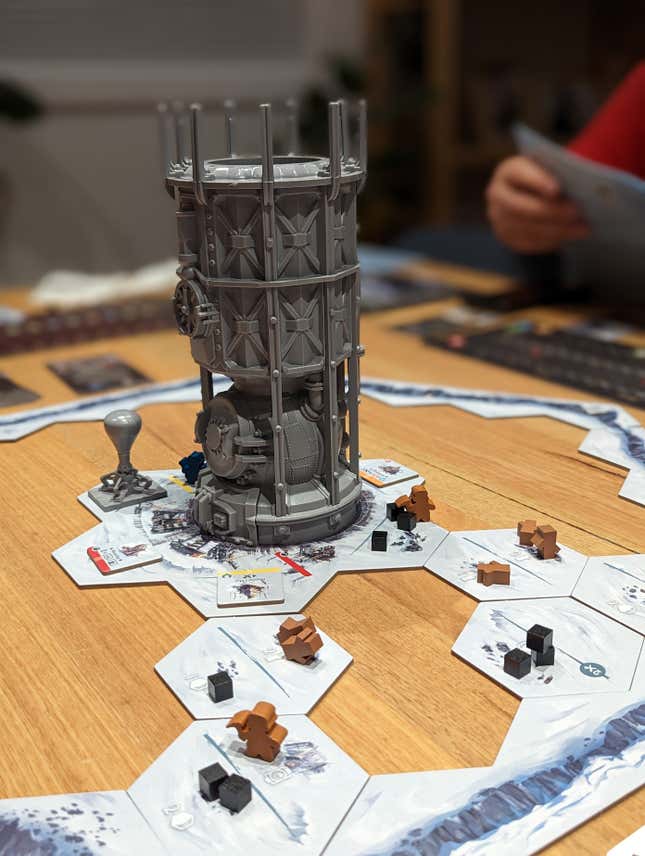
At least some of that setup is worth it. The game ships with an enormous plastic recreation of The Generator, which doesn’t just look amazing on the middle of the table but has actual gameplay use as well, since players need to drop coal into it almost every turn as they play, an act that rivals Deep Rock Galactic’s robot mining as one of the most satisfying physical actions in recent board game history.
And, in a very rare occurrence for these reviews, I want to give a shout out to the game’s documentation. For whatever reason most board game rulebooks in 2023 still suck, but Frostpunk, despite the game’s complexity and scale, never let us down.
There’s a very specific type of person out there for this game. Someone who is into Frostpunk but gets lonely playing it, or someone who has never played the video game but is intrigued by the density and politics on offer here. Sadly I was neither of those people, I found its setup time and length just too much, but like I’ve said I can at least appreciate the exhaustive design effort that went into the approach taken here, if nothing else.

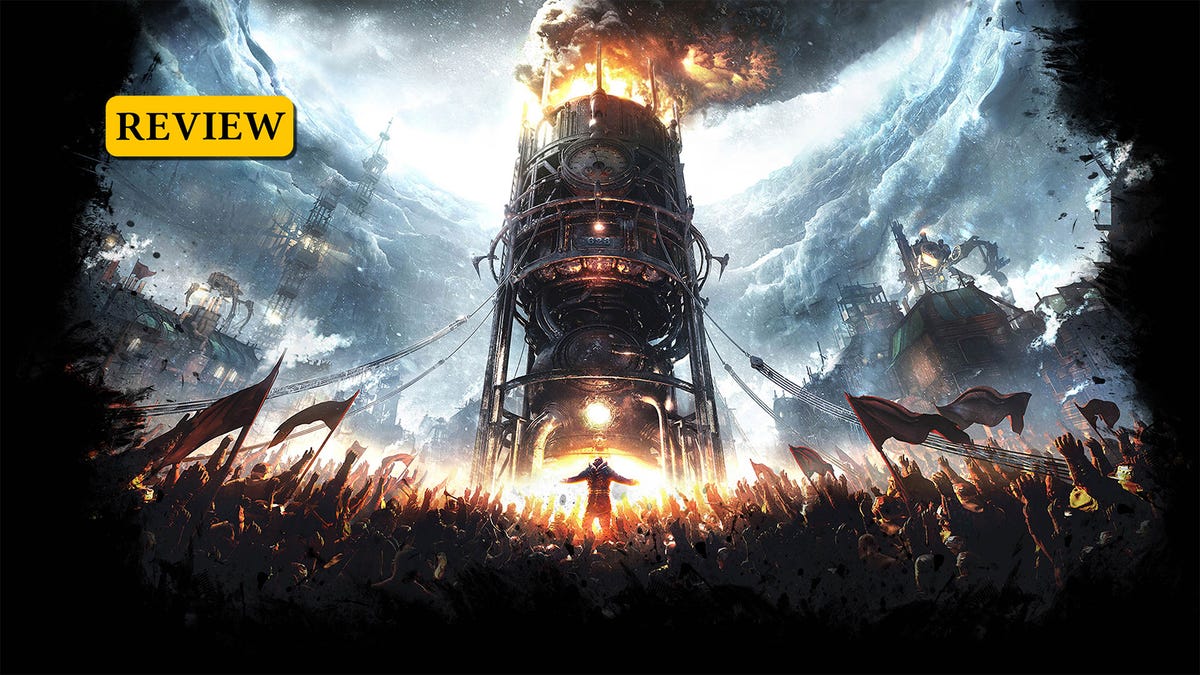
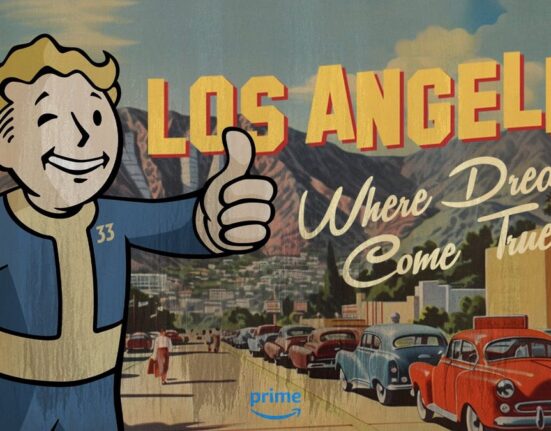
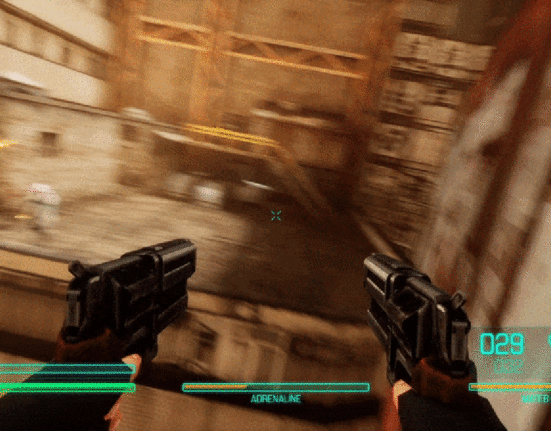
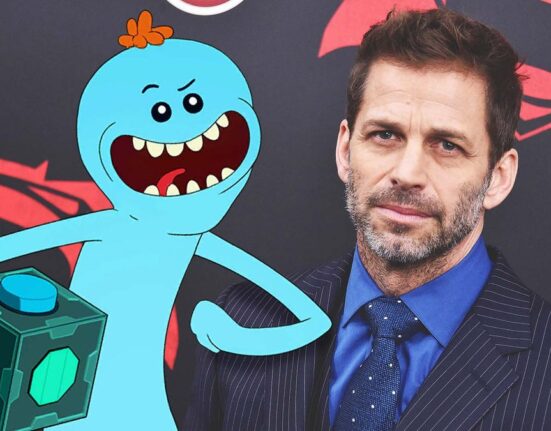
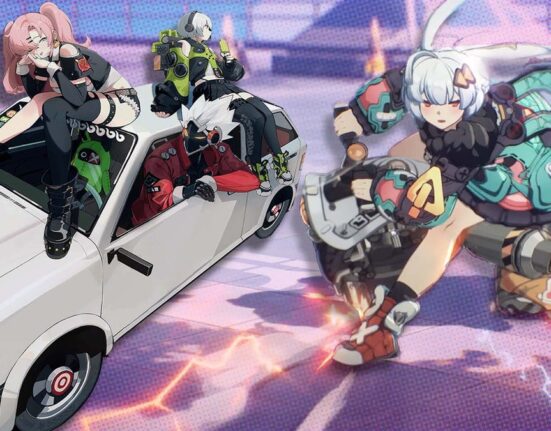
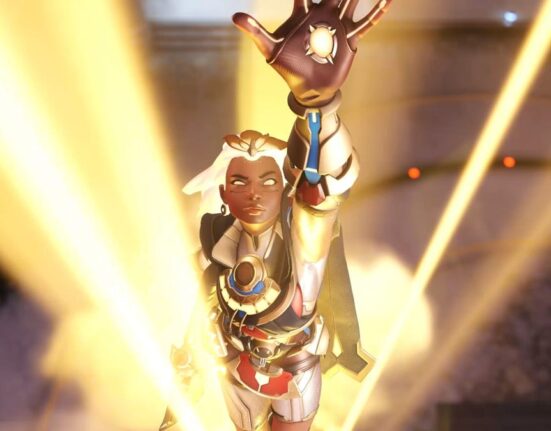
Leave feedback about this